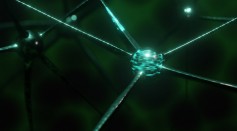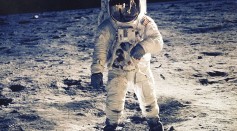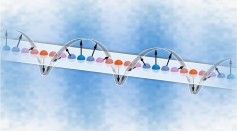magnetism
Lodestone: The Mineral That Introduced Magnetism to Ancient World
Light-Magnet Interaction Paves Way for High-Speed Memory Technology and Better Sensor Design
Earth’s Magnetic Field Protects People From Radiation; What Happens When It Flips?
Powerful Magnetic Fields of Cool Stars Could Render Exoplanets Uninhabitable, Study Reveals

Tiny Metallic Particles Fill London Underground; Researchers Say These Could Enter One's Bloodstream

New Magnetic Material Emulates Synapses of Neuron, Mimics How Information is Stored in the Brain
Solar System Estimated to Be Much Younger at 4.55 Billion Years Based on Magnetism Analysis

Moon Lacks Magnetic Field for Nearly All Its History, but NASA Might Be Wrong
Physics Concept Explains How Social Distancing and Quarantine Mitigates COVID-19 Spread
Forget Google Maps! Sharks Use Earth's Magnetic Fields to Travel from South Africa to Australia
New Mechanism Allows Electrical Control of the Magnetism in Nanodevices
Did a Magnetic Field Reversal 42,000 Years Ago Cause Climate Disaster?

Can Lost Birds Read The Earth’s Magnetic Field To Find Their Way Back?

Tunable Heisenberg Model Based on “Ultracold Atoms” Observes New Quantum Behavior
Most Popular

Innovative BLAST Patch Could Stop Skin Infections with Harmless Electric Currents

Cold, Not Heat, Caused Mass Extinction 201.6 Million Years Ago: New Study

The Pompa Program: A New Model in Thyroid Wellness

Why It's So Difficult to Lose Weight: The Biological Explanation Behind Obesity





